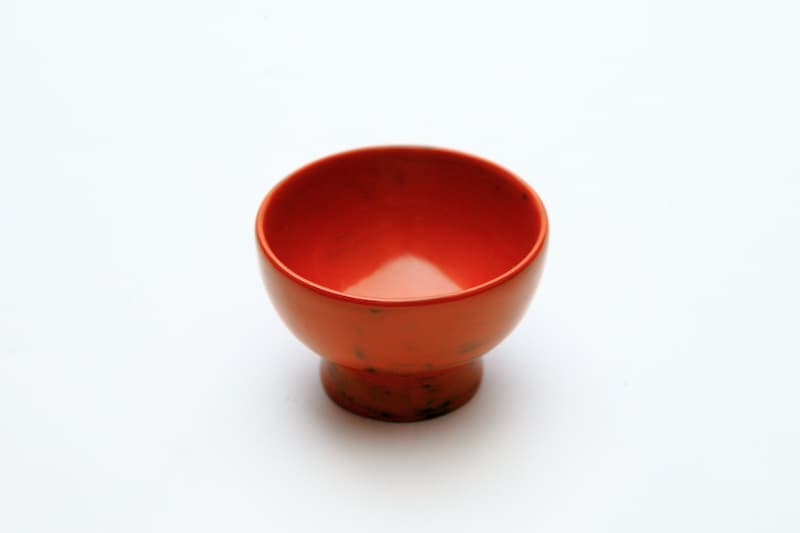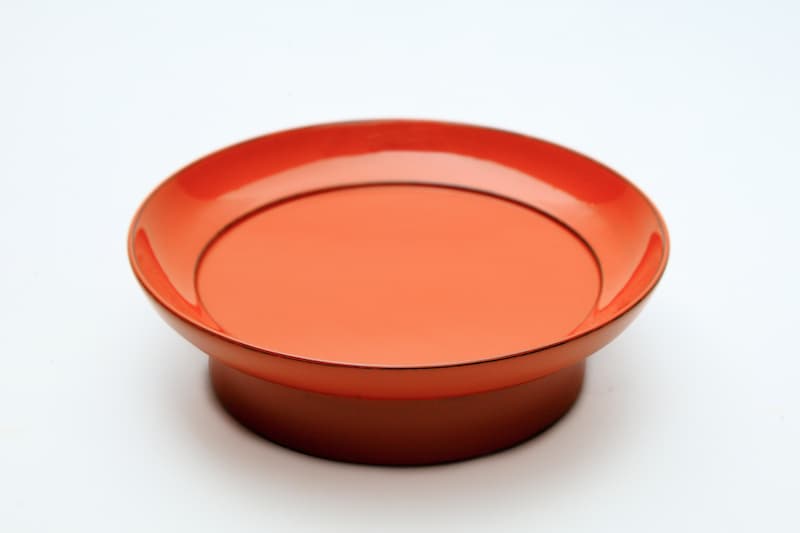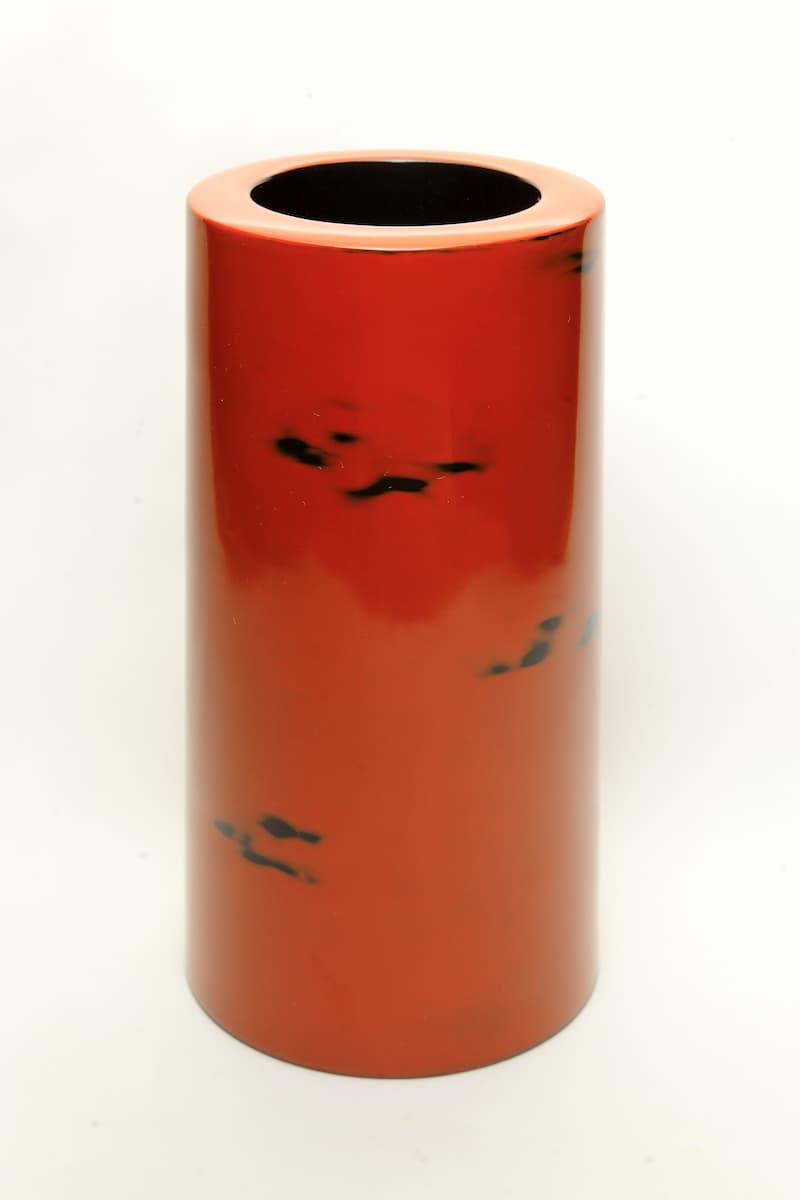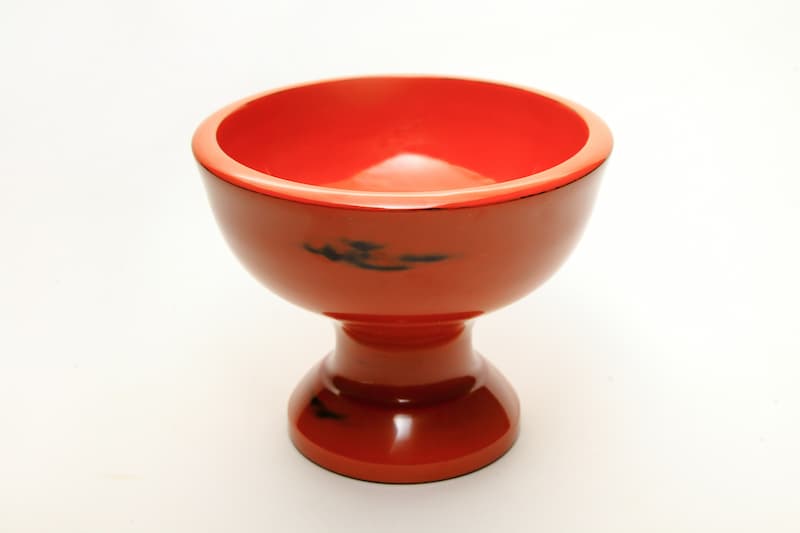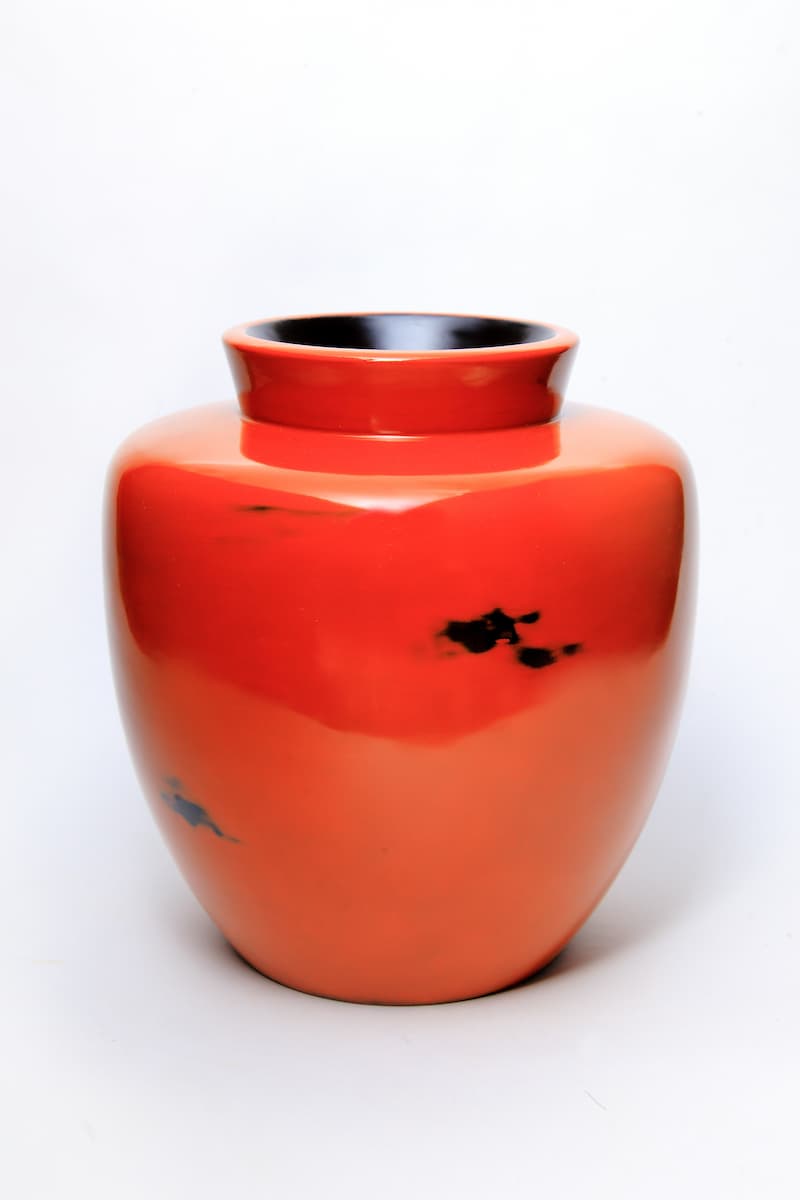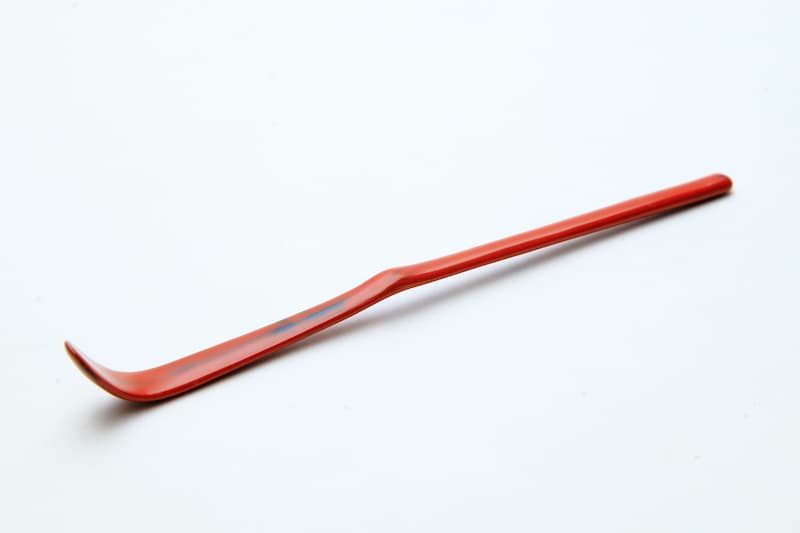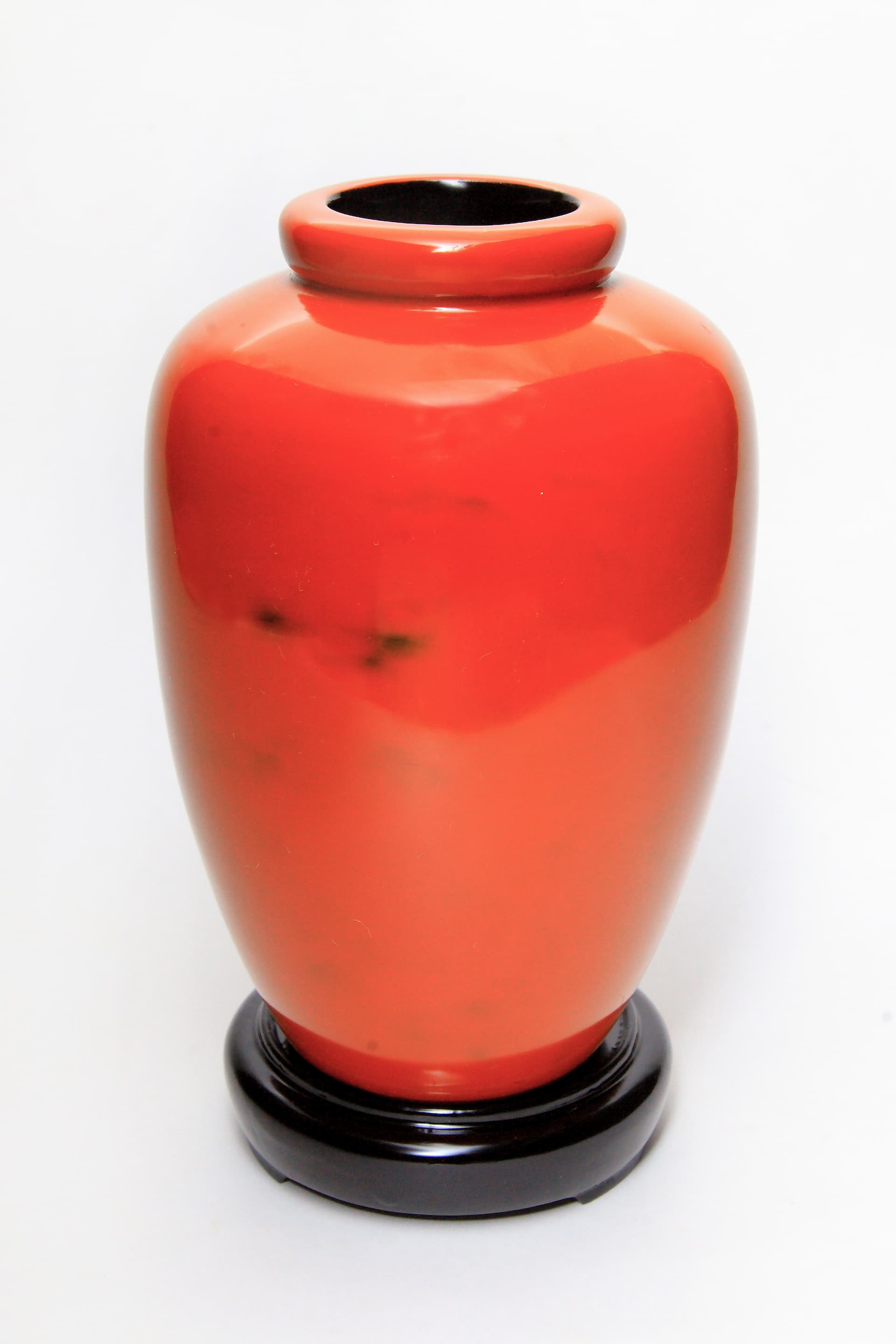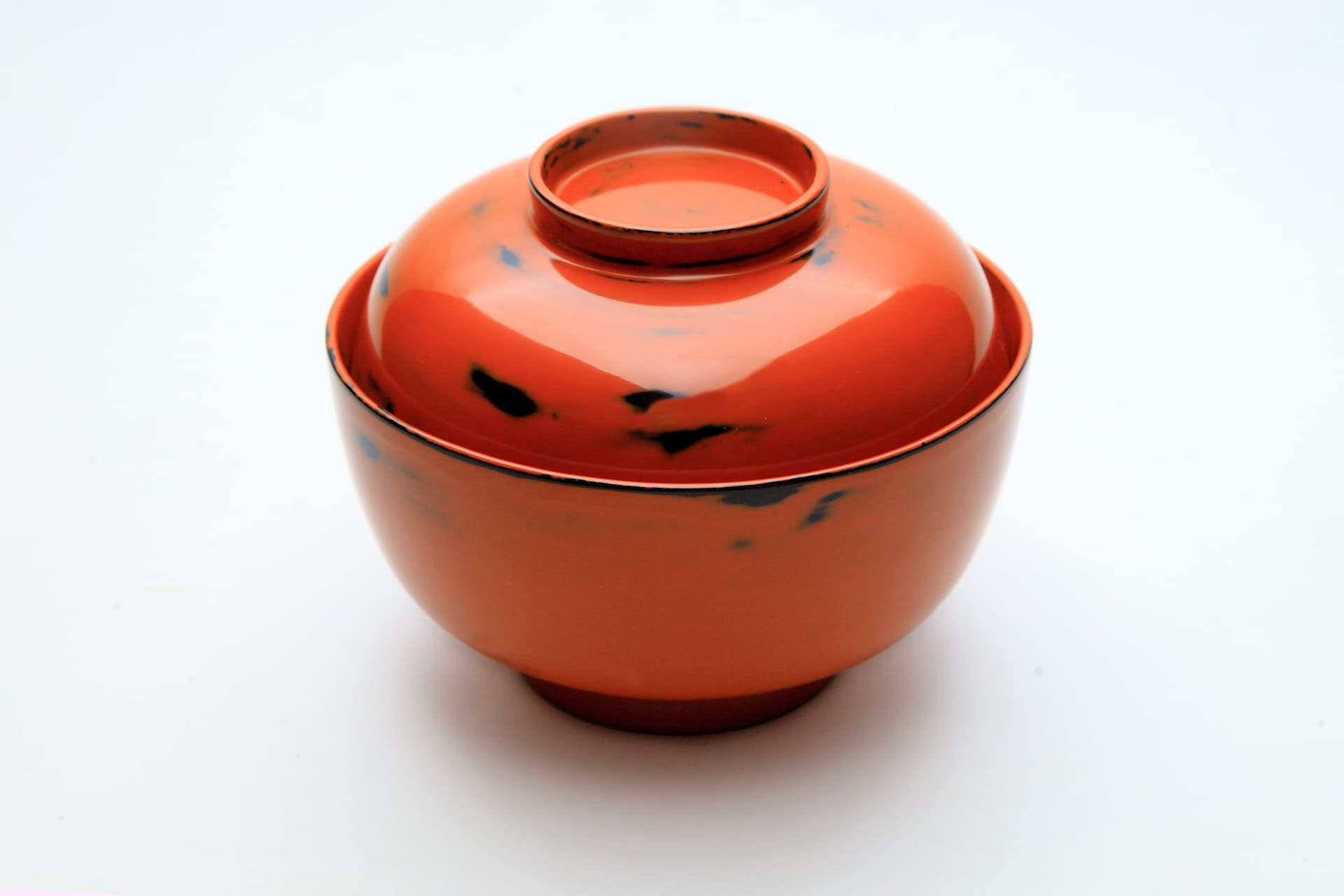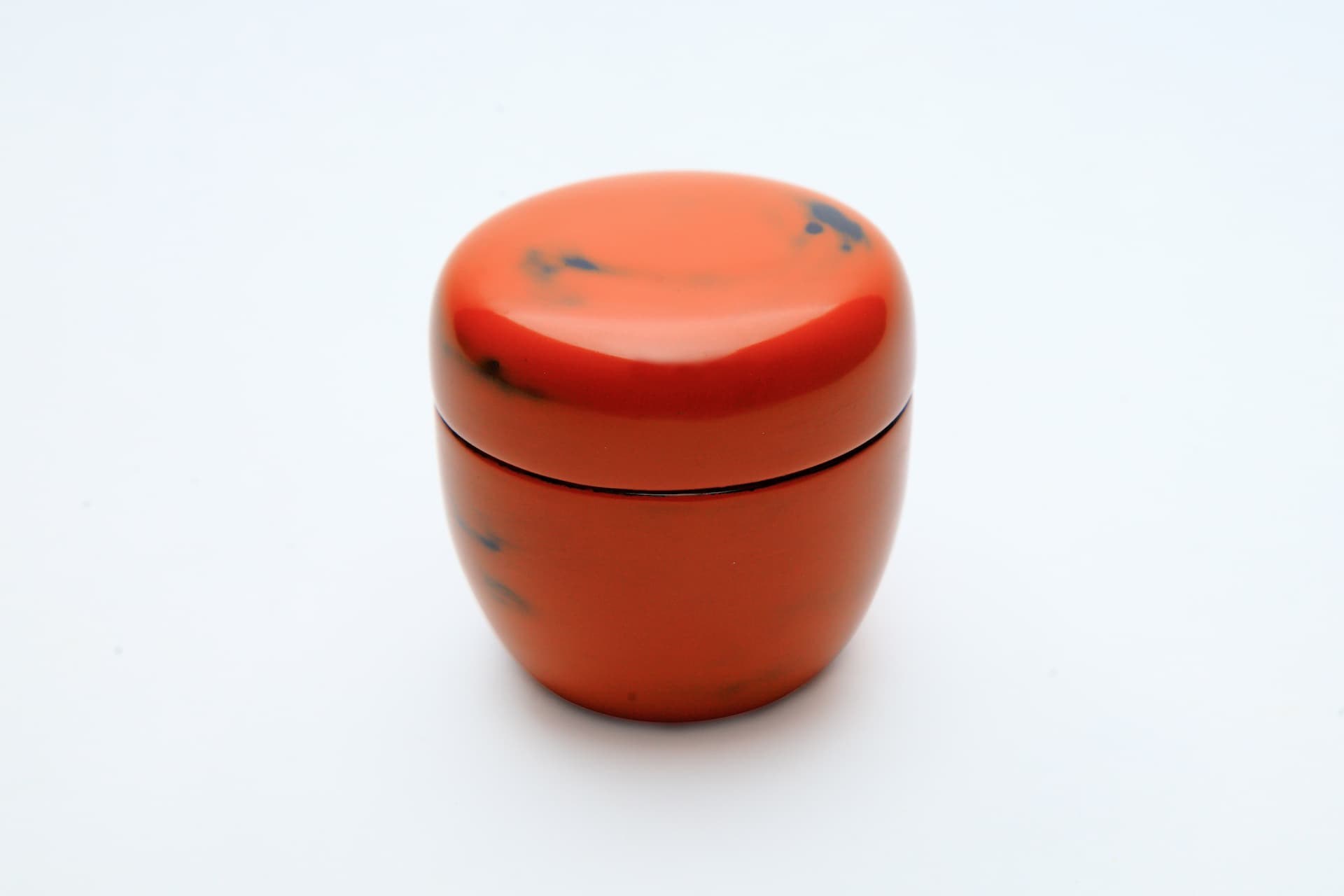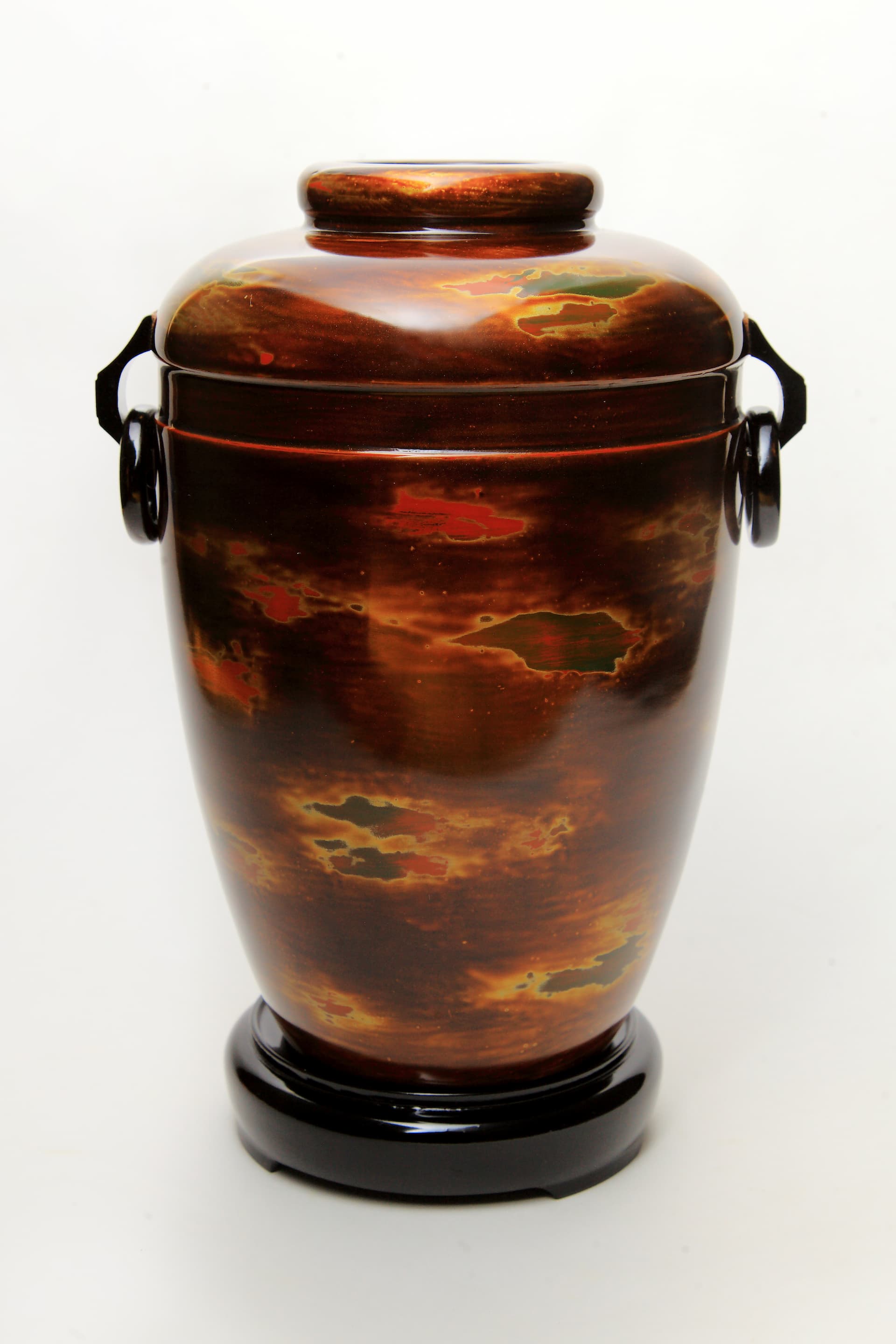History
Founded in 1882 (Meiji period 15)
Elegant Urushi(Japanese lacquer)crafts that have been passed down from generation to generation
Craftsmanship
The ancestors of our 'Tanioka family' trace their history back to Yoshino in Nara Prefecture.
Our ancestors, who grew up in a land surrounded by deep, beautiful trees, moved to Kuroe, where they became craftsmen of lacquerware, which is also made of wood. The name "Yoshinoya Bun-emon" comes from the Yoshino lineage, and Kumiko Tanioka is the fifth generation of this family.
The company mainly specialist produces wooden in polished finish a traditional craft. Since its foundation in 1882, the company has placed great importance on tradition and prestige, and is currently run by Toshifumi Tanioka, the fourth generation of traditional craftsmen (lacquerware) and The Order of the Sacred Treasure, Silver Rays Award winner and Wakayama Prefecture master craftsman, and Kumiko Tanioka, the fifth generation of traditional craftsmen (general category). The craftsmen use natural lacquer and 100% natural raw materials to create the lacquering technique, which has been handed down from generation to generation. Each one is carefully produced using a lacquering technique that has been handed down over generations, so they all have different patterns. The lacquer is polished to a brilliant luster, using the traditional lacquer craft technique of wax color finishing, and is mainly used to produce Negoro lacquer(red-lacquered ware with a black-lacquer undercoat)and Akebono lacquer(black-lacquered ware with a red-lacquer undercoat)and Zuiun lacquer( Original lacquer ware with multiple colored lacquer) , Which makes them unique with different pattern become clearer and more elegant as time goes by. Accessories with authentic maki-e lacquer are also popular with customers, especially women. Tanioka Lacquerware's refined techniques, which have been handed down since the Meiji era, are here.
ProcessHow the product is made
Yoshinoya Bunzaemon 4th generation
Toshifumi Tanioka
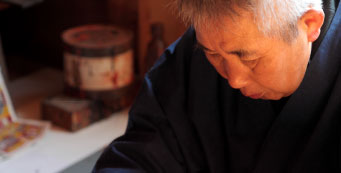
Traditional craftsman(paint category)
Zuiho-Tanko-Shou Awarding of prizes
Wakayama Prefecture Master craftsmen
Yoshinoya Bunzaemon 5th generation
Kumiko Tanioka
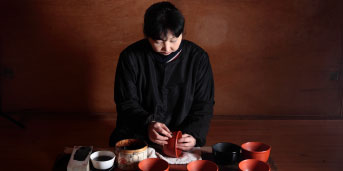
Traditional craftsman(general category)
Tanioka Shitsugei's(Japanese lacquerwork)”extreme technique", the pinnacle of lacquer finishing.
"Roiro Nuri"(polished Japanese lacquer finish)
TANIOKA Lacquerware's supreme product is the traditional technique of "Roiro Nuri".
Roiro nuri is called the highest peak of lacquer finishing among the many lacquering techniques. Japanese lacquer is accompanied by a transparency suitable for the highest quality, and the technique involves rubbing raw lacquer (urushi) onto the polished surface of the lacquer, a long final polishing process yields a mirror-like sheen, bringing out the full luster of the multiple lacquer coatings.
The ultimate in craftsmanship, the highest level of skill is used in the polishing process. The steady and painstaking polishing process creates a supreme masterpiece of craftsmanship.
Products
History of Kainan, Kuroe-nuri
Kuroe-nuri: A town of craftsmen's traces
from the Muromachi period (AD1336-1573).

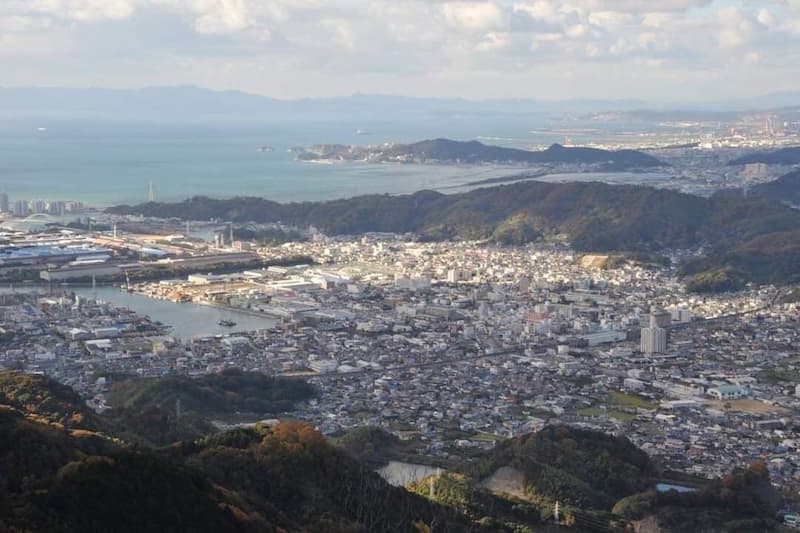
Kuroe (Kainan City, Wakayama Prefecture) has a history of over 600 years.
Kuroe is the birthplace of Kuroe-nuri (Kishu lacquerware, today's traditional craft), which was already produced in the early Edo period (AD1600-1868).
Many craftsmen formed a lacquerware town in Kuroe area and were involved in the production of lacquerware.
The wholesalers, who received the endorsement of the Kishu domain, distributed Kuroe lacquerware throughout the country during the Edo period, and thus Kuroe lacquerware became well-known nationally as ʼKishu-monoʼ (Kishu-product).
It has grown to become one of the three major lacquerware production centers in Japan.
Kuroe, a lacquerware town, is Kuroe, a lacquerware town, is four stages in making lacquerware: wood carving , undercoating and decoration. Each of these stages is further divided into more sub-processes.
The street was lined with wholesalers selling products and stores refining lacquer. It was a vibrant craftsman town, where craftspeople were united as one.
The reclaimed land in the current Kainan City area is called “Kuroushi-gata“ (Black Cow Lagoon), and the town took advantage of its geographical location to create such lagoons.
The streets were developed with waterways, and the products were shipped throughout the country via marine transportation.
In 2017, these streets were recognized as a Japanese Heritage Site, "Waka no ura”, a treasure house of superb scenery.
The new name is part of a cultural heritage that dates back to the Manyo period (7th century).

